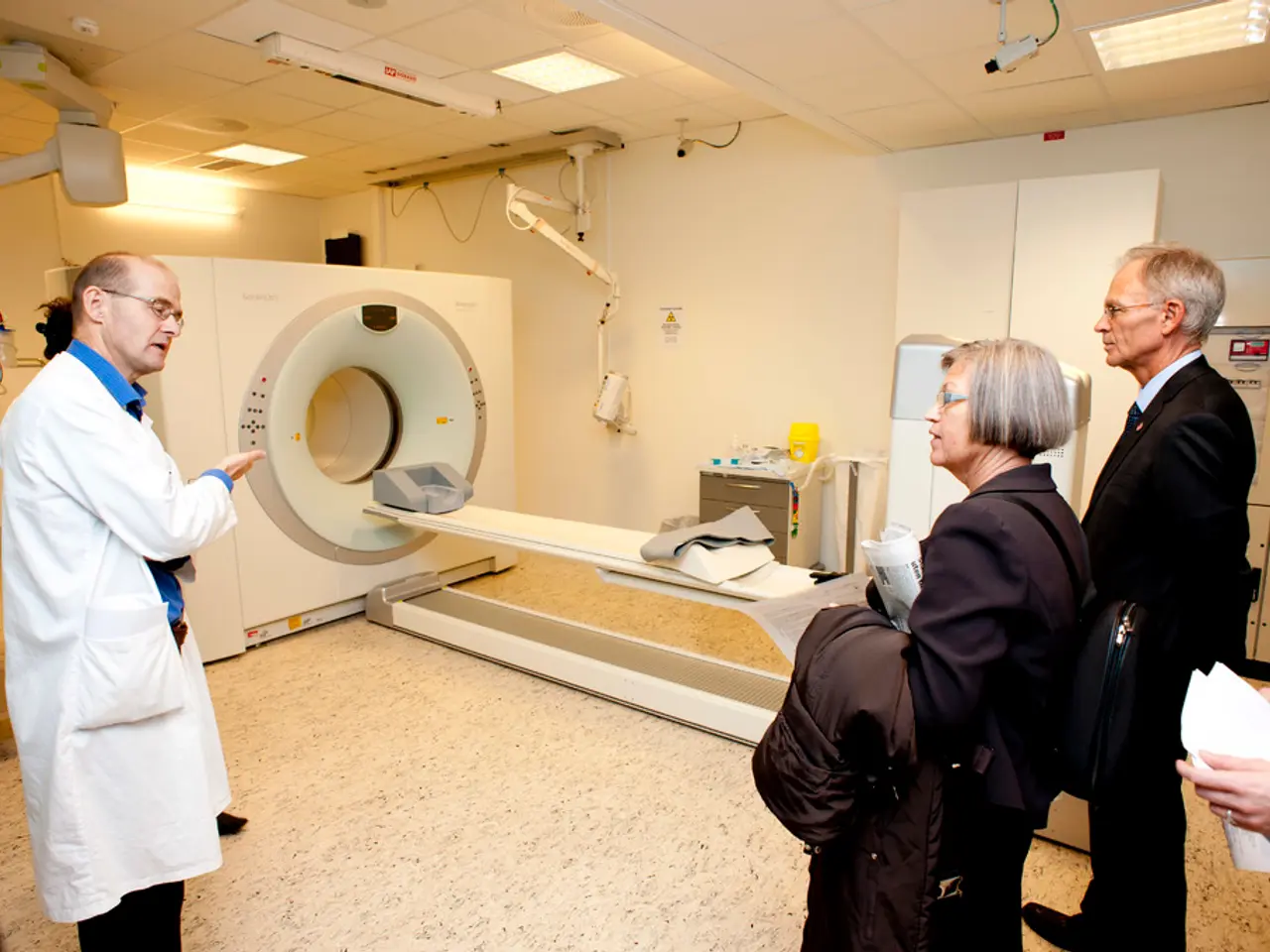Emerging Health Technology Trends to Monitor in 2022
In the rapidly evolving world of healthcare, innovation is the name of the game. This year, several trends are shaping the industry, focusing on streamlining clinical communication and collaboration, improving cybersecurity, and enhancing data analytics for population health management.
One such trend is the integration of Artificial Intelligence (AI) and Big Data Analytics. AI-powered tools and big data analytics in healthcare cloud computing are facilitating real-time access to actionable information, improving diagnostic accuracy, predicting patient outcomes, and enabling personalized treatments. This, in turn, is streamlining clinical workflows and decision-making.
The shift to healthcare cloud platforms provides scalable infrastructure for storing and analyzing massive healthcare datasets, supporting interoperability among Electronic Health Records (EHRs), which is essential for clinical communication and collaboration across providers.
Advanced AI-driven clinical communication tools, such as clinical chatbots and retrieval-augmented generation (RAG) systems, are assisting healthcare providers by delivering evidence-based answers, aiding in patient triage, and reducing readmission rates. These innovations are enhancing collaboration and workflow efficiency.
Ambient Voice Technology (AVT) is evolving into intelligent co-pilots for clinicians, improving documentation and communication efficiency, thus reducing administrative burdens and allowing clinicians to focus more on patient care.
Robotics and automation are being used not only in surgeries but also in automating patient care tasks such as medication delivery, blood draws, and sanitation. This supports clinical teams by reducing workload and infection risks.
Cybersecurity measures are a crucial aspect of these trends, with regulatory pushes like the 21st Century Cures Act addressing safe data sharing and protecting patient information as more data-driven and cloud technologies are adopted.
Efforts to create interoperable EHR systems and ethical data monetization through advanced analytics unlock value while necessitating robust cybersecurity frameworks to protect data across fragmented healthcare IT systems.
Population Health Management via AI and Federated Data Platforms is another significant trend. AI and big data analytics are used for population health management, enabling better disease surveillance, risk profiling, and targeted interventions through platforms that aggregate data across populations securely.
Real-world applications of these trends are evident in various healthcare organisations. For instance, St. Elizabeth Healthcare prioritises automation to manage a high volume of vulnerabilities, relying on Tenable.sc for risk-based vulnerability management. They also customise reporting for various audiences and benefit from better visibility that allows for more granular reporting and trend analyses.
University of Chicago Medicine has created dashboards for COVID-19 reporting using Tableau for data visualization. Meanwhile, Northwell Health has adopted Microsoft Teams for seamless, HIPAA-compliant collaboration and has developed an intelligent virtual assistant named Nora, which provides quick access to patient data on clinicians' mobile devices. Nora, used in conjunction with Microsoft Teams, can alert clinicians to new test results, consult notes, and discharge orders.
Moreover, Northwell Health's ultimate vision is for Teams to serve as the primary clinical collaboration platform, facilitating timely access to information from the EMR and empowering shared communication about a patient's needs. The American Hospital Association sees a growing focus on improving the consumer experience through digital access technologies.
Greg Peebles, director of information security at St. Elizabeth Healthcare, sees an opportunity for healthcare organizations to increase collaboration to combat cyberattacks.
In conclusion, these trends emphasize leveraging AI, cloud computing, robotics, and improved interoperability to streamline clinical communication and collaboration, enhance cybersecurity amid increased data sharing, and significantly improve analytics capabilities for population health in the healthcare sector.
- The integration of Artificial Intelligence (AI) and Big Data Analytics is being used in healthcare cloud platforms to facilitate real-time access to actionable information, predict patient outcomes, and enable personalized treatments, thereby streamlining clinical workflows and decision-making.
- As more healthcare organizations adopt Advanced AI-driven clinical communication tools like clinical chatbots and retrieval-augmented generation (RAG) systems, they are assisting healthcare providers by delivering evidence-based answers, aiding in patient triage, and reducing readmission rates, thus enhancing collaboration and workflow efficiency.




